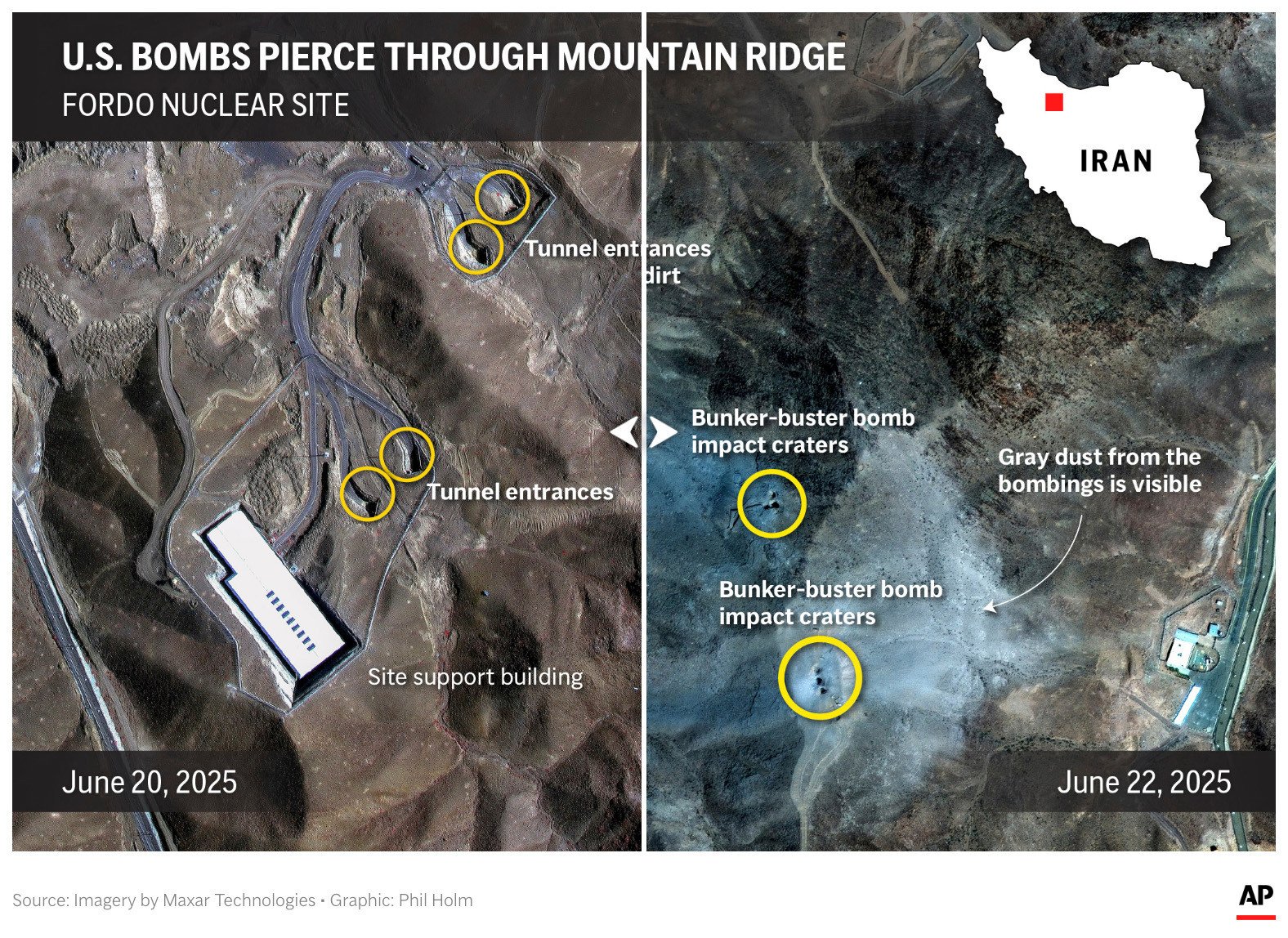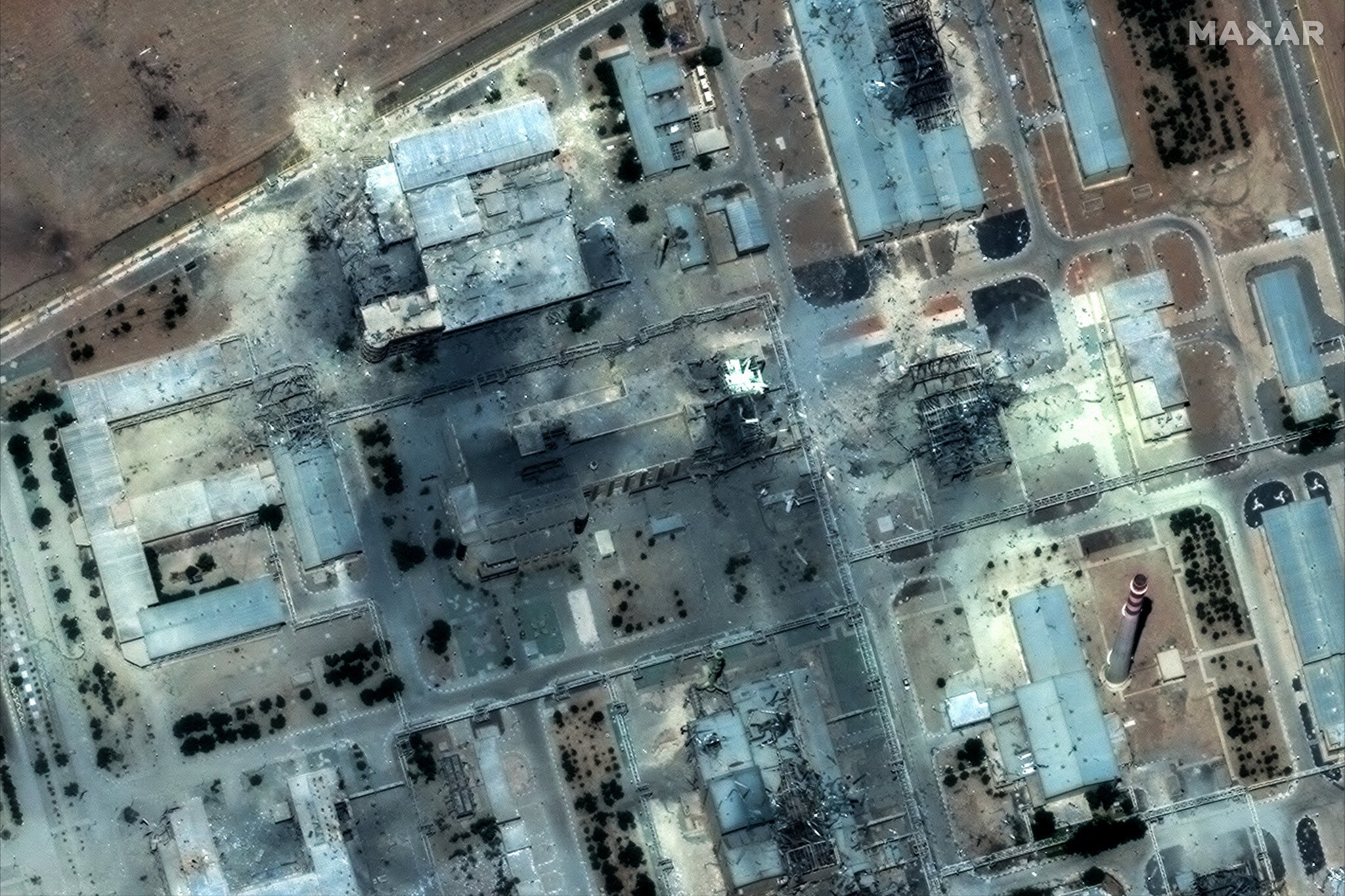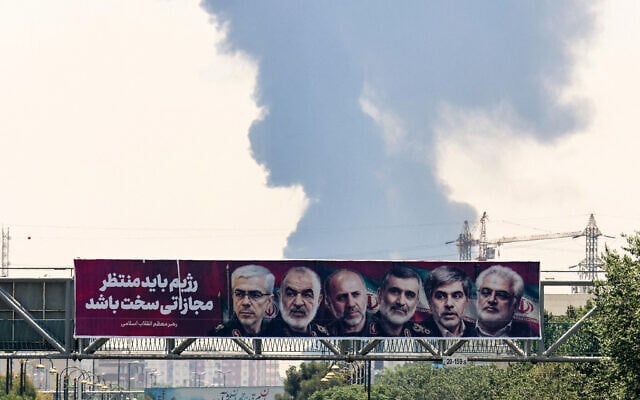



Of the various capabilities Iran would need to become a military nuclear power, some were severely damaged during Israeli and American strikes this month, while others were left untouched, a New York Times analysis published on Friday found.
The report said that Iran’s nuclear expertise was likely harmed, considering Israel’s Operation Narnia, which saw the assassination of at least 14 of Tehran’s leading nuclear scientists. However, The Times assessed that there is another tier of scientists still alive who possess much of the requisite knowledge and who will be able to continue their predecessors’ work.
In terms of Iran’s ability to mine uranium, which is an essential element for developing a nuclear weapon, The Times said Iran’s two uranium mines were not targeted during the aerial campaign and that Tehran’s mining capabilities therefore remain intact.
However, Iran’s ability to convert uranium to gas was possibly destroyed, according to The Times, as the only facility in Iran that performs such conversions, in Isfahan, suffered major damage from the US strike early on Sunday. The Times assessed that it could take years to rebuild such infrastructure.
The Islamic Republic’s ability to enrich uranium was damaged, but it is unclear to what extent. Enriching uranium requires high-speed centrifuges, the likes of which Israel most likely destroyed entirely at the nuclear facility in Natanz. At Fordo, IAEA Director Rafael Grossi said the underground facility appeared no longer operational after US bunker buster strikes. US President Donald Trump said it was “obliterated.”
However, there have been more conservative assessments, and Iran has made unsubstantiated claims that it has secret enrichment facilities in other locations. The Times reported that Iran has been building two additional underground facilities for advanced, next-generation centrifuges.
Moreover, The Times assessed that Iran’s ability to store enriched uranium remains intact, with most of Iran’s estimated stockpile of some 400 kilograms (900 pounds) of nearly bomb-grade uranium likely moved before its facilities were bombed, according to one preliminary classified US intelligence report.
The US administration has rejected such assertions, saying the uranium is thought to have been buried by the strikes. Israeli Defense Minister Israel Katz has said Israel does not know the whereabouts of all of Iran’s enriched uranium.
Iran’s ability to convert enriched uranium into solid metal form, which is necessary for assembling a nuclear warhead, was possibly destroyed, as the facility where that process occurs was in Isfahan. Still, one expert told The Times that Iran may possess the capability at other secret locations, as it has converted uranium to solid metal at other locations in the past.
Israeli strikes destroyed several buildings at the Sanjaran manufacturing facility, which The Times said were associated with building explosive devices, meaning Iran’s ability to produce a detonator system for a nuclear device was likely damaged. But The Times said Iran may have other such facilities.
While Israel said it severely damaged Iran’s ballistic missile infrastructure during the campaign, The Times assessed it is unlikely Iran no longer has missiles capable of carrying a nuclear warhead.
On Friday a source told The Times of Israel that IDF Chief of Staff Lt. Gen. Eyal Zamir has told colleagues Iran is no longer a nuclear threshold state following the Israeli and US strikes.
While Iran may still maintain parts of its nuclear program, it has been set back by years, Zamir has concluded, the source said, given the damage suffered by Iran to the entire bomb-making process, including the elimination of key scientists, and the attacks on key nuclear facilities and other elements of manufacture and weaponization.
Iran has rejected a request by the United Nations nuclear watchdog to inspect nuclear facilities and material affected by the Israeli and American bombing campaigns.
Meanwhile, Katz said he had instructed the IDF to thwart any further nuclear weapons efforts in Iran, adding that “immunity is over” for Israel’s enemies following the Hamas onslaught of October 7, 2023, which sparked the war in Gaza.
“I’ve instructed the IDF to prepare an enforcement plan against Iran that includes maintaining Israel’s air superiority, preventing nuclear advancement and missile production, and responding to Iran for supporting terror activity against Israel,” wrote Katz on X.
Israel said its sweeping assault on Iran’s top military leaders, nuclear scientists, uranium enrichment sites, and ballistic missile program was necessary to prevent the Islamic Republic from realizing its avowed plan to destroy the Jewish state.
Iran, which avowedly seeks Israel’s destruction, has consistently denied seeking to acquire nuclear weapons. Before the war, however, it enriched uranium to levels that have no peaceful application, obstructed international inspectors from checking its nuclear facilities, and expanded its ballistic missile capabilities.
Israel said Iran had recently taken steps toward weaponization.
Iran retaliated to Israel’s attacks by launching over 500 ballistic missiles and around 1,100 drones at Israel. The Iranian attacks killed 28 people and wounded thousands in Israel, according to health officials and hospitals. Some of the missiles hit apartment buildings, two universities and a hospital, causing heavy damage.


